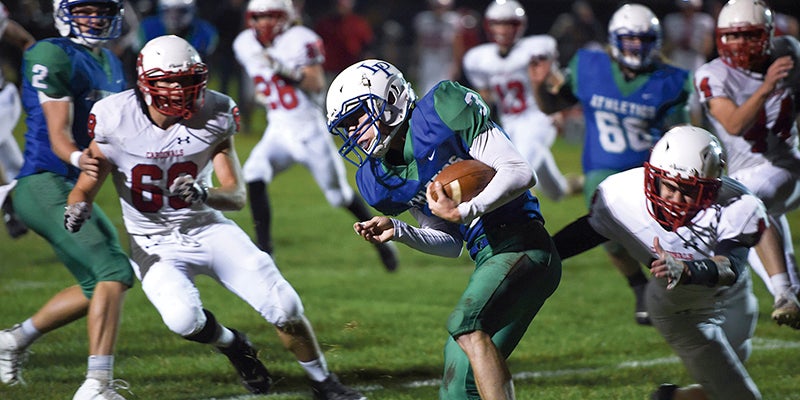Battle of the Bulge, part 1: Autumn Fog
Published 6:10 am Saturday, December 14, 2019
In December 1944, the Allies were winning World War II in Europe. Despite a few setbacks, the Western Allies had liberated France and were preparing for their push into Germany. On the Eastern Front, German forces had suffered critical losses against the advancing Soviets. Though the Germans offered stiff resistance, an Allied victory seemed all but certain as it was believed the Germans were incapable of carrying out any major offensives. Some speculated that Adolf Hitler was dead and rumors abounded that the war would be over by Christmas.
But Hitler was not dead, nor did he have any intentions of ending the war. A July 20 attempt on his life left him shaken and paranoid; his arm trembled uncontrollably and his leg dragged behind him when he walked. His public appearances became fewer and fewer and he had lost a lot of trust in his general staff.
But despite the German losses in 1944, Hitler still believed a German victory was achievable. To attain victory, he devised an ambitious offensive plan, codenamed Operation Autumn Fog, which he alone planned.
In his plan, Hitler wanted to concentrate his forces at the weakest point in the Western Allies line, the Ardennes Forest. In 1940, German forces invading France had done so by distracting British and French forces with an attack in Northeast France, then pushing through the lightly defended Ardennes on France’s northeast border with Belgium and Luxembourg, an area the French considered too dense for tanks. It was this blunder that allowed the Germans to swiftly divide British and French forces, resulting in the capitulation of France.
Hitler hoped the tactic would work again, but instead of pushing into France towards Paris, he planned to swing his army north, cross the Meuse River and capture the Belgian port of Antwerp. By doing so, he could isolate British forces under Field Marshal Bernard Montgomery from the American armies south of Montgomery’s position. If he was successful, he believed it would prompt the Western Allies to negotiate a favorable peace, allowing him to turn his attention to fighting the Soviets.
The attack was prepared with the utmost secrecy. Hitler ordered complete radio silence and rashly moved German troops on the Eastern Front to the west, a move that alarmed members of his general staff. He also created the Volksgrenadier divisions, conglomerations of teenaged boys, old men, previously wounded soldiers, criminals and German naval and air force personnel. Hitler paired these divisions with elite units, such as the Sixth SS Panzer Army. In all, 24 divisions (approximately 250,000 men) were amassed for the attack.
To equip them, underground factories hidden from Allied bombers churned out weapons, ammunition and vehicles.
But before the Germans could attack, one threat had to be neutralized: Allied air supremacy. Allied air power gave them a clear advantage and proved devastating to the Germans time and time again. In order for his attack to be successful, Hitler would not only have to wait until weather conditions kept Allied planes grounded, but he would have to press the advantage while his window of opportunity was still open.
His moment came on Dec. 16.




